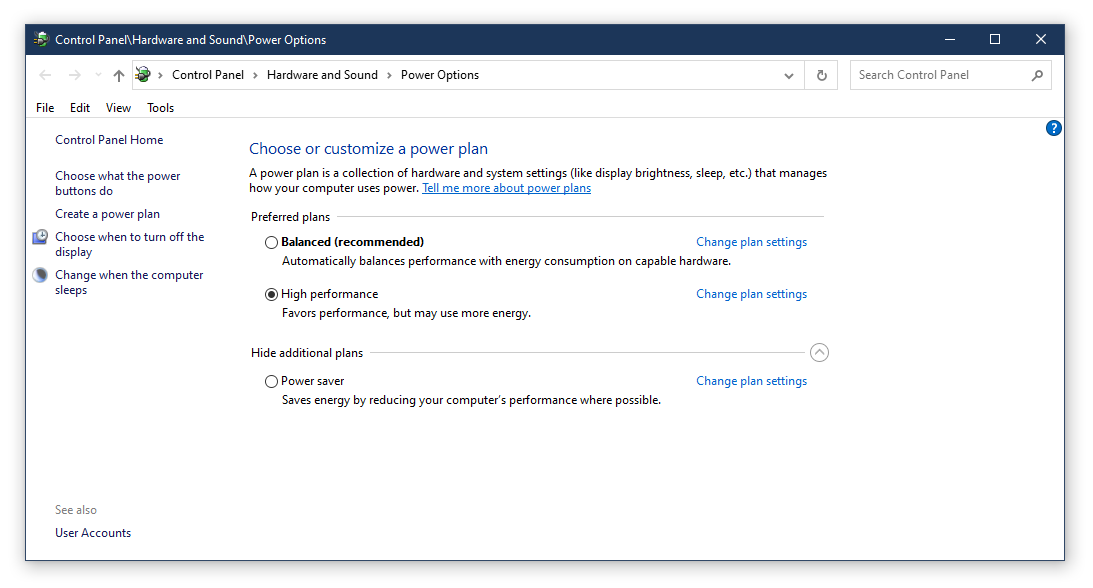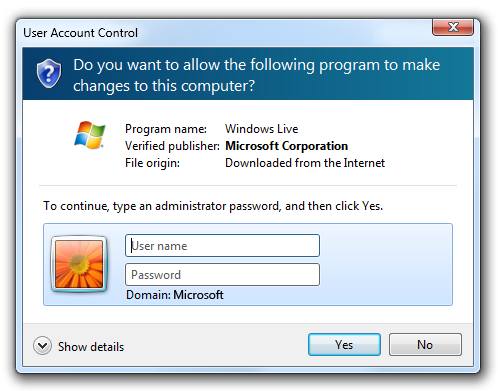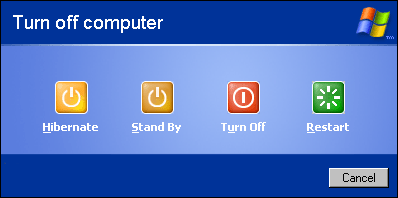Are you frustrated with Windows 7 constantly logging you out? Let’s explore the possible reasons and solutions for this issue.
Introduction to Logging Off
If Windows 7 keeps logging out automatically, it could be due to a variety of reasons. First, check if there are any updates pending to be installed on your system. Open the Windows Update from the Control Panel and install any available updates. If that doesn’t resolve the issue, it could be a result of a corrupted user profile. Create a new user account and see if the problem persists.
Another potential cause could be a malware infection, so it’s essential to run a full scan using antivirus software to ensure your system is clean. If all else fails, you may need to consider reinstalling Windows 7.
Methods for Logging Off
- Open Control Panel by clicking on the Start button and selecting Control Panel.
- Click on Power Options.

- Make sure the Put the computer to sleep setting is set to a reasonable time or set it to Never to prevent automatic logouts.
Check for Viruses and Malware
- Run a full antivirus scan on your computer to check for any viruses or malware that could be causing the automatic logouts.
- If any viruses or malware are found, follow the prompts to remove them from your system.
Check for Windows Updates
- Open Windows Update by clicking on the Start button, typing “Windows Update” in the search box, and selecting Windows Update.
- Click on Check for updates and install any available updates.
- Restart your computer after the updates have been installed.
Check User Account Settings
- Open User Accounts by clicking on the Start button and selecting Control Panel.
- Click on User Accounts and then click on Change User Account Control settings.

- Make sure the slider is set to a level that is comfortable for you and click OK.
Understanding User Switching and Locking

User Switching and Locking
When Windows 7 keeps logging out automatically, it may be due to user switching or locking. User switching allows multiple users to have separate login sessions on the same computer, while user locking prevents unauthorized access to the current user’s session. To troubleshoot this issue, check if the computer is set to switch or lock users automatically after a certain period of inactivity. You can adjust these settings by going to the Control Panel and selecting “User Accounts” and then “Change User Account Control settings.” Make sure your computer is not set to automatically switch or lock users, and adjust the settings as needed. If the problem persists, consider running a virus scan and updating your operating system and drivers.
Shutting Down and Restarting Remotely

To shut down and restart Windows 7 remotely, you can use the command prompt. First, open the command prompt by searching for “cmd” in the start menu. Once the command prompt is open, type in “shutdown /m \\computername /r /f” and press enter. Replace “computername” with the name of the computer you want to shut down or restart. This command will force the computer to shut down and restart remotely.
Another way to do this is by using the “shutdown” command with the “-m” switch to specify the remote computer and the “-r” switch to restart the computer. Make sure you have the necessary permissions to shut down or restart the remote computer.
